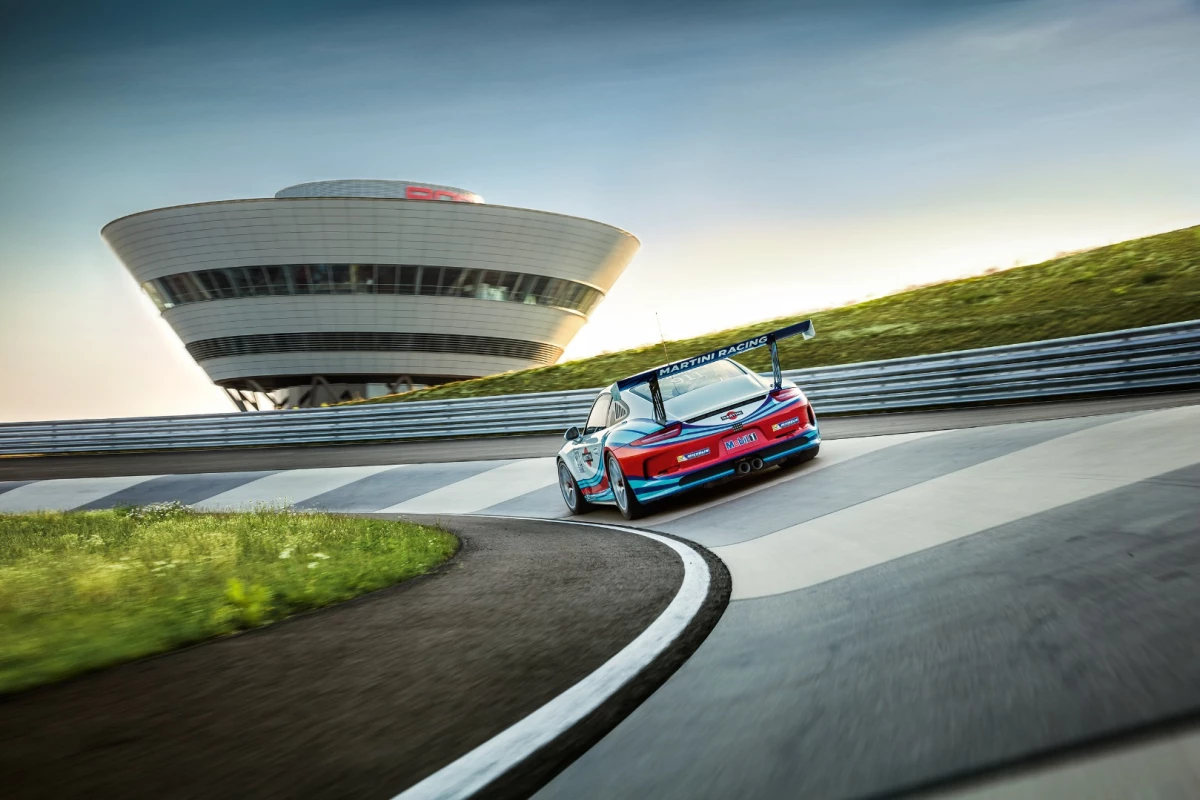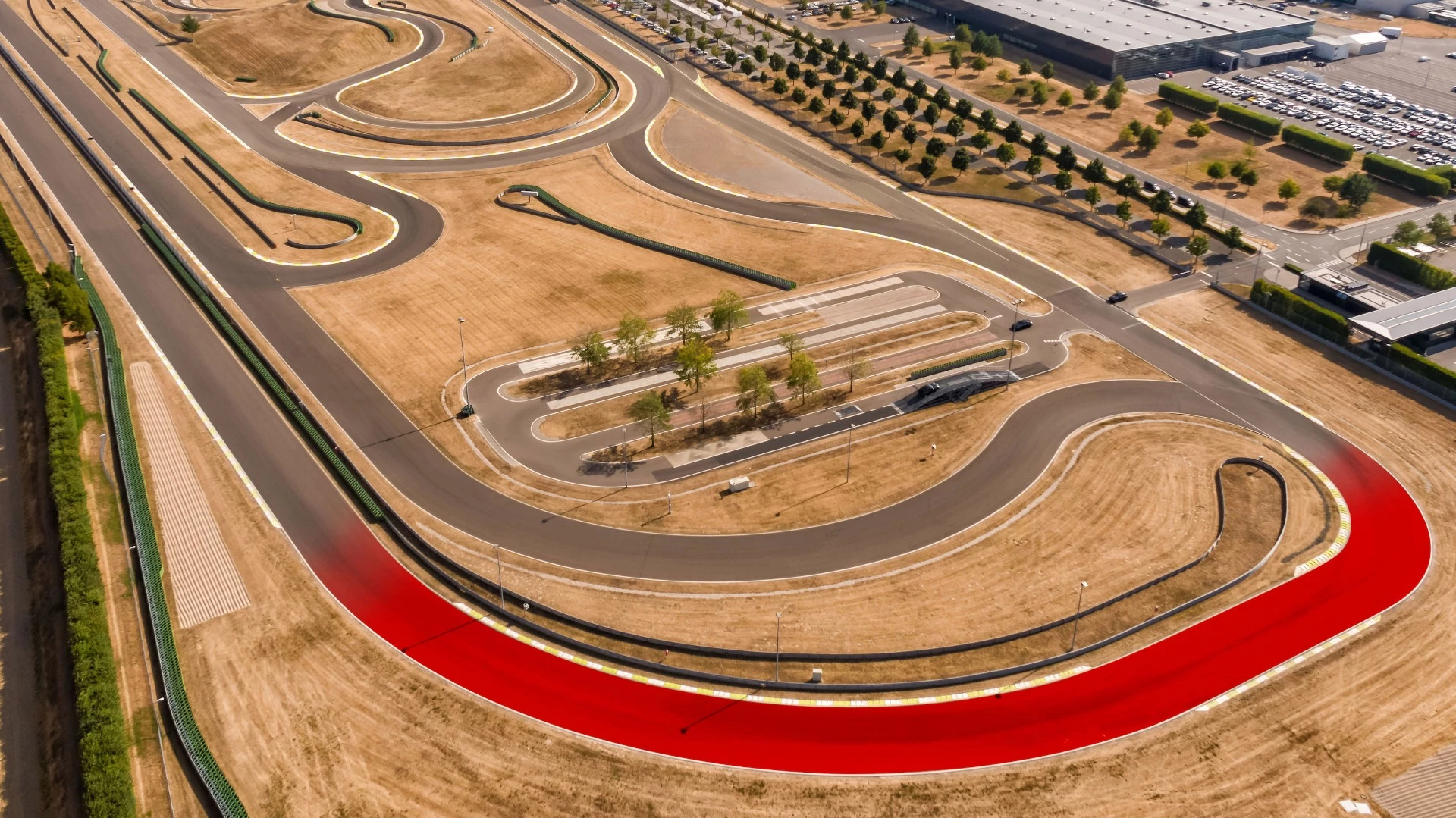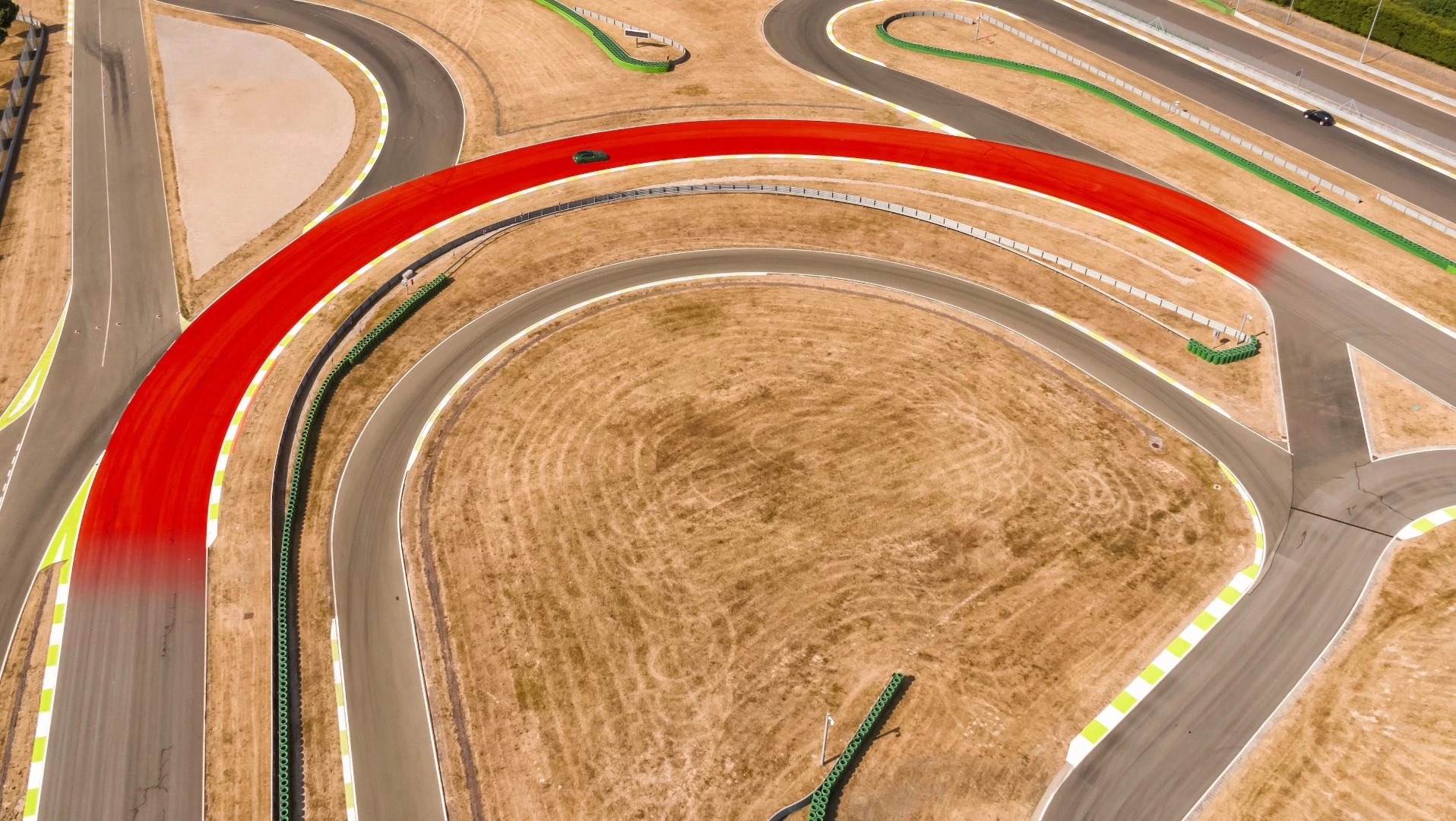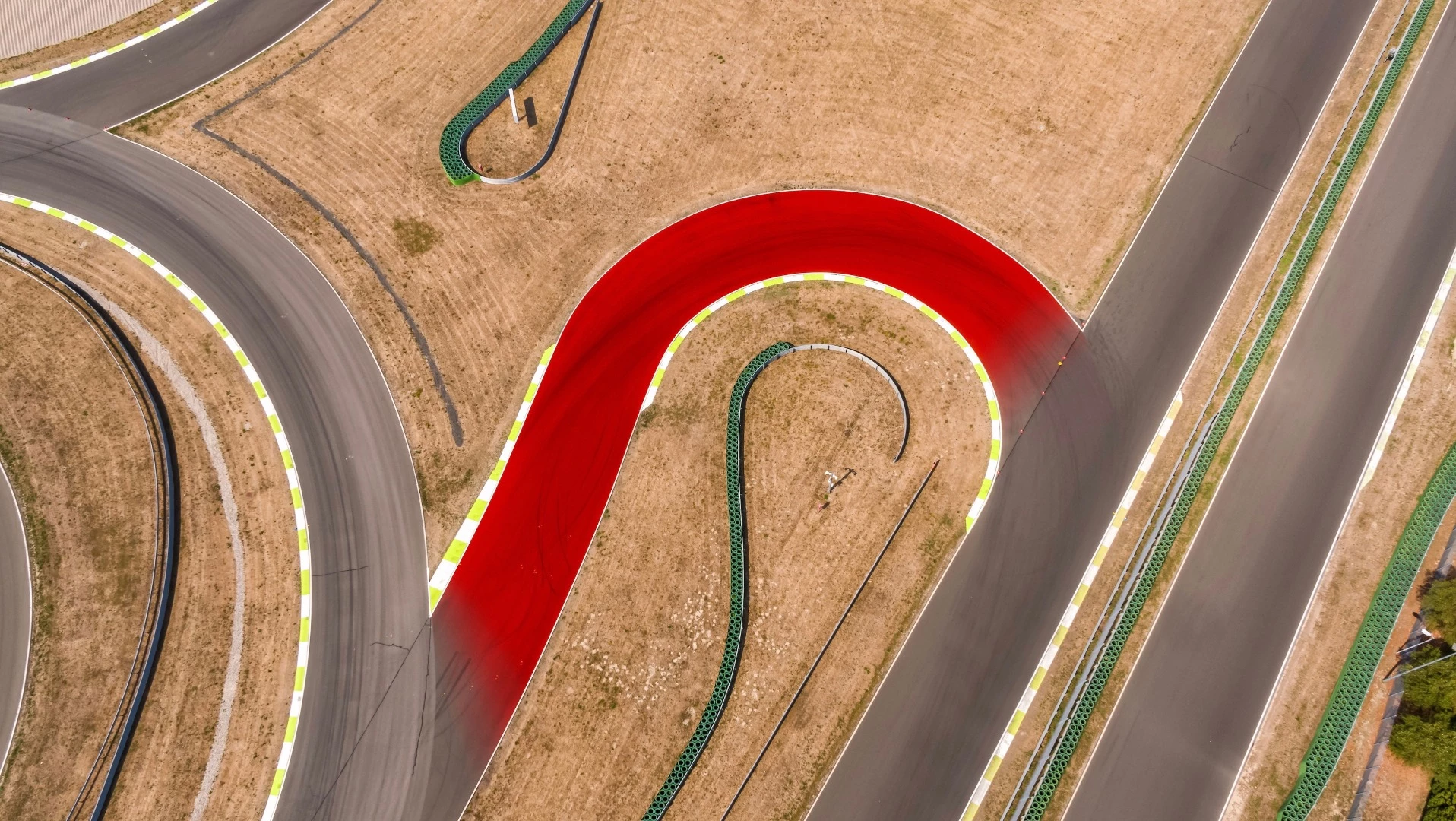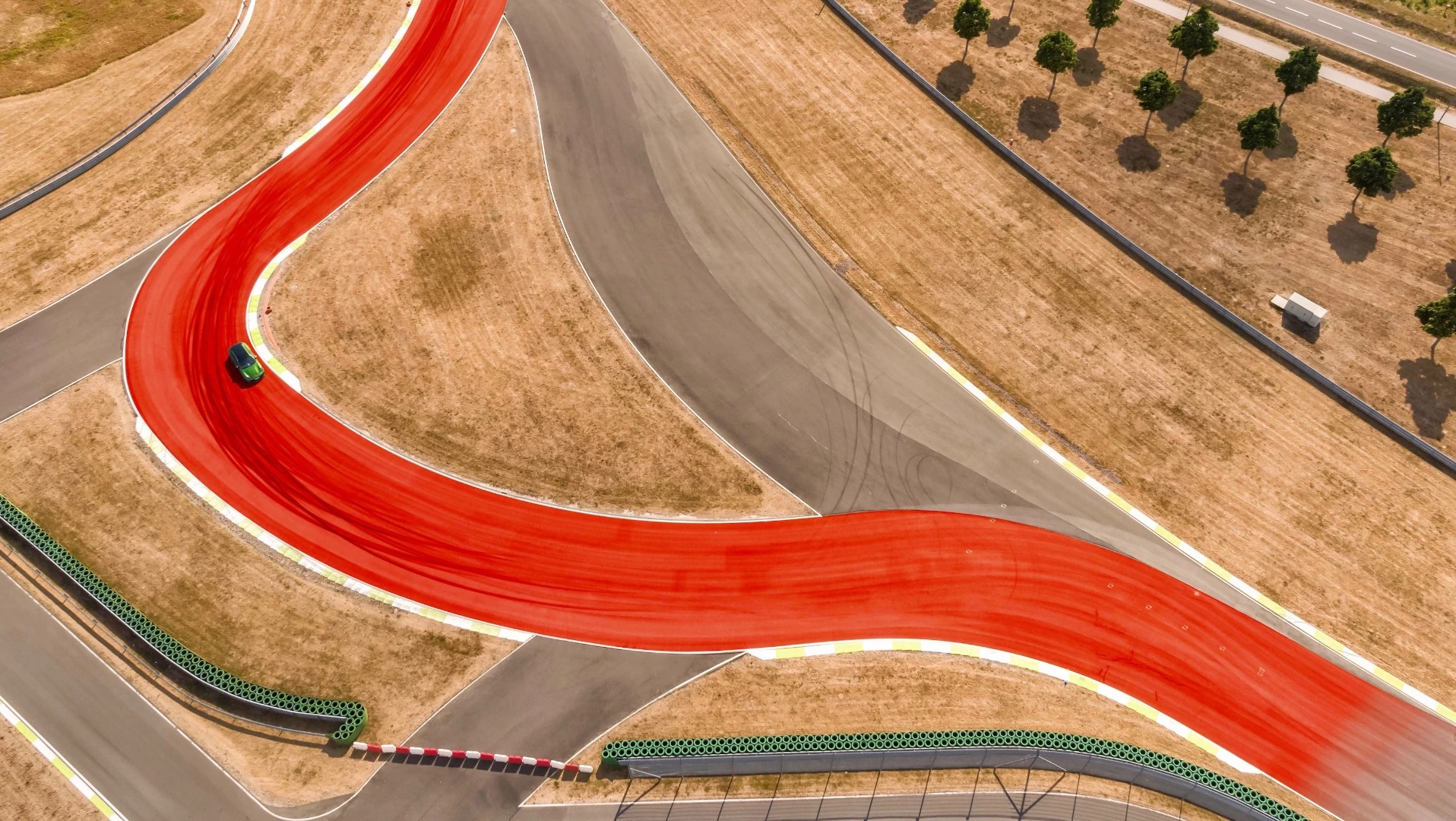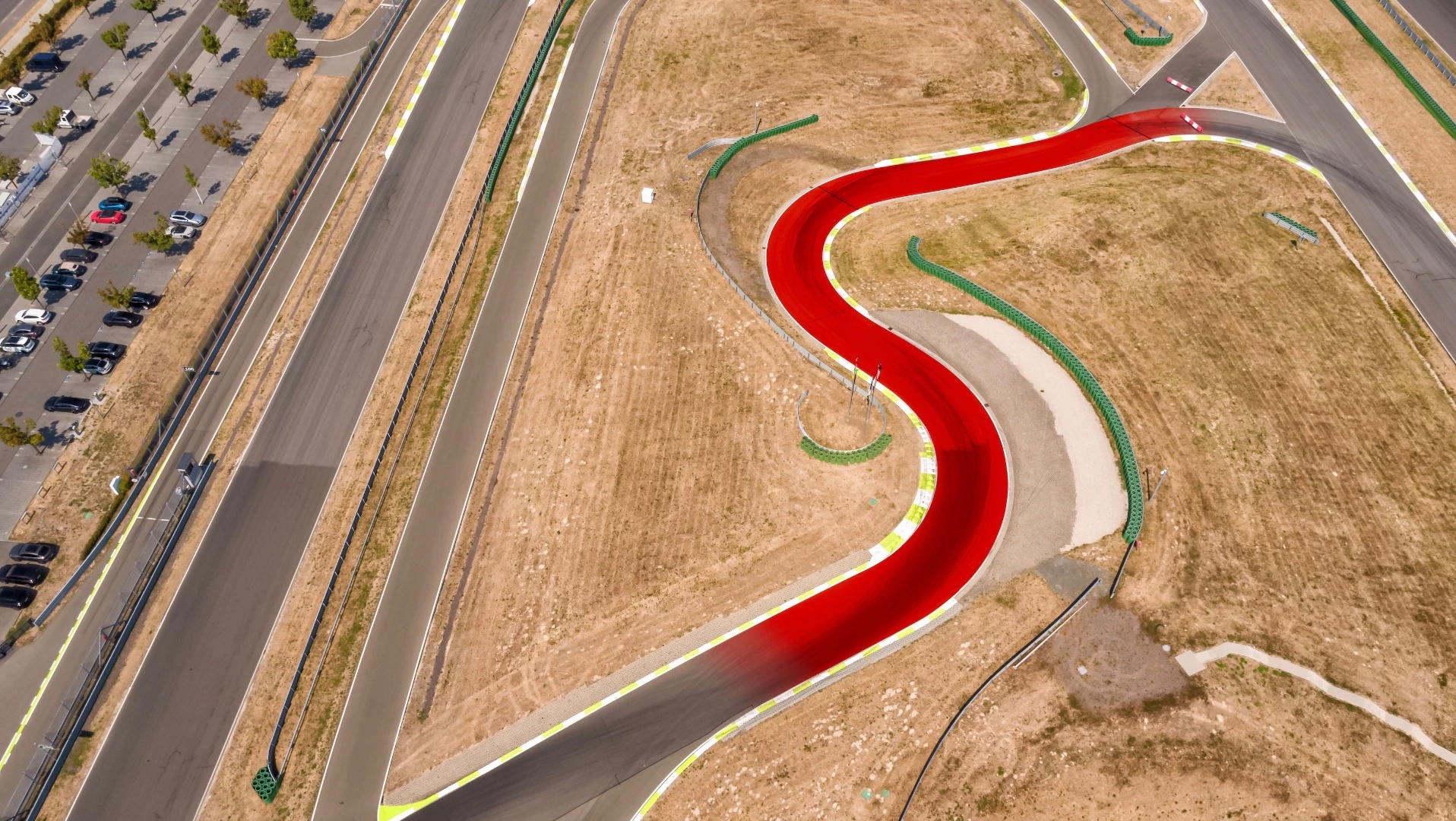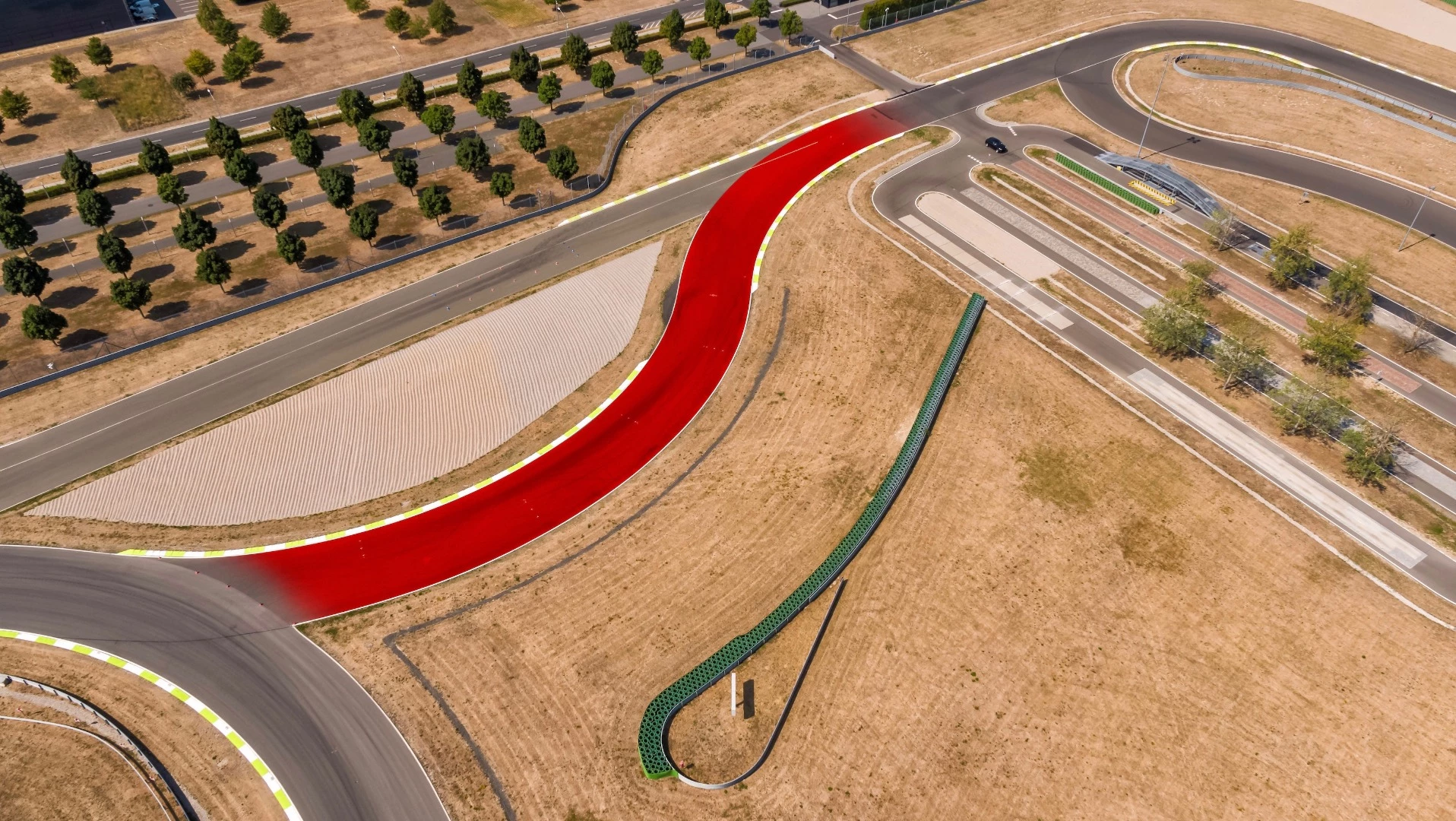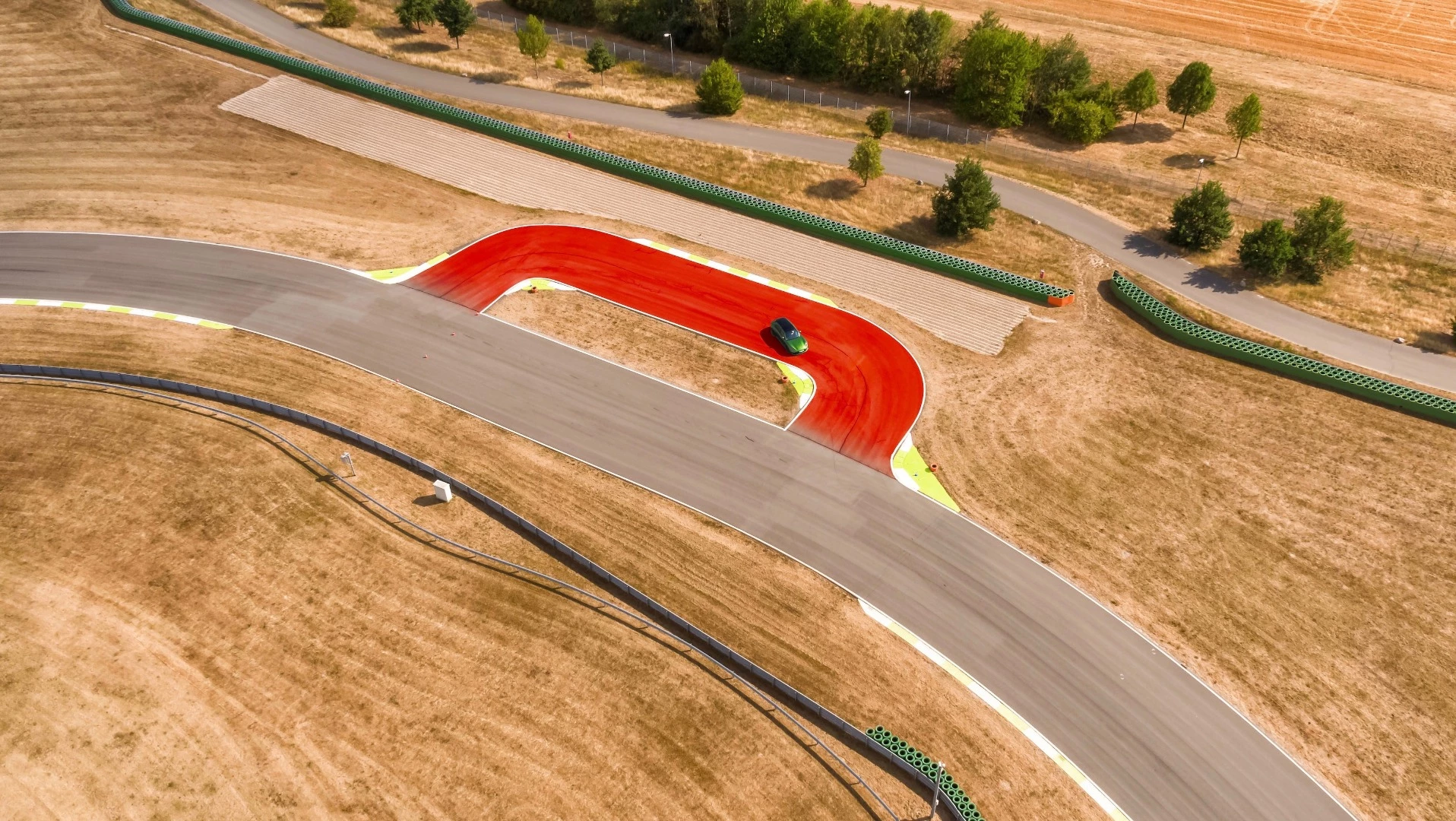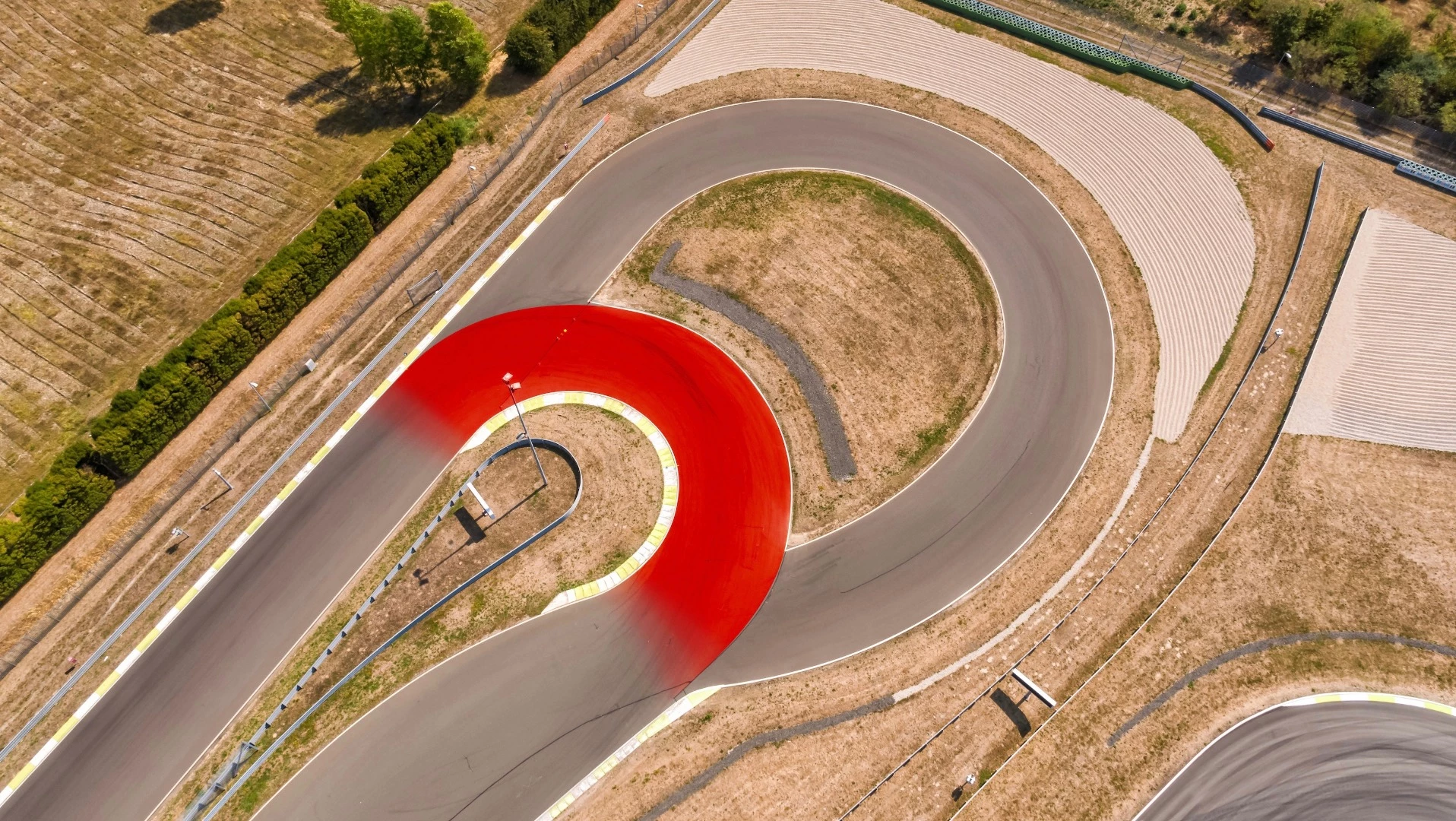Ex-racer Hermann Tilke is one of the world's leading racetrack builders, having designed bangers like Sepang, Sochi, Bahrain and the Circuit of the Americas. Now he's built a bit of a greatest hits racetrack for Porsche in Leipzig, recreating 11 of the world's greatest turns.
Where most racetracks are designed to flow around the natural topography of the area they're built in, Tilke was given a relatively flat piece of ground to start with at Leipzig, and the license to create any hills, bumps or bankings he needed to fulfil his brief: a track that strings together 11 of the most famous and storied corners in racing history. Quite a gig.
The heart-stopping drop of the Corkscrew at Laguna. The Nurburgring's brutally banked Karussell. Monza's never-ending Parabolica. They're all in there, ready to be used by Porsche's test driving team, raced on, or enjoyed by the public in various events at this multi-configurable course.
Take a look at a video below, then jump straight into the gallery to see each of the 11 corners of the Porsche on-road circuit in Leipzig explained.
Source: Porsche
